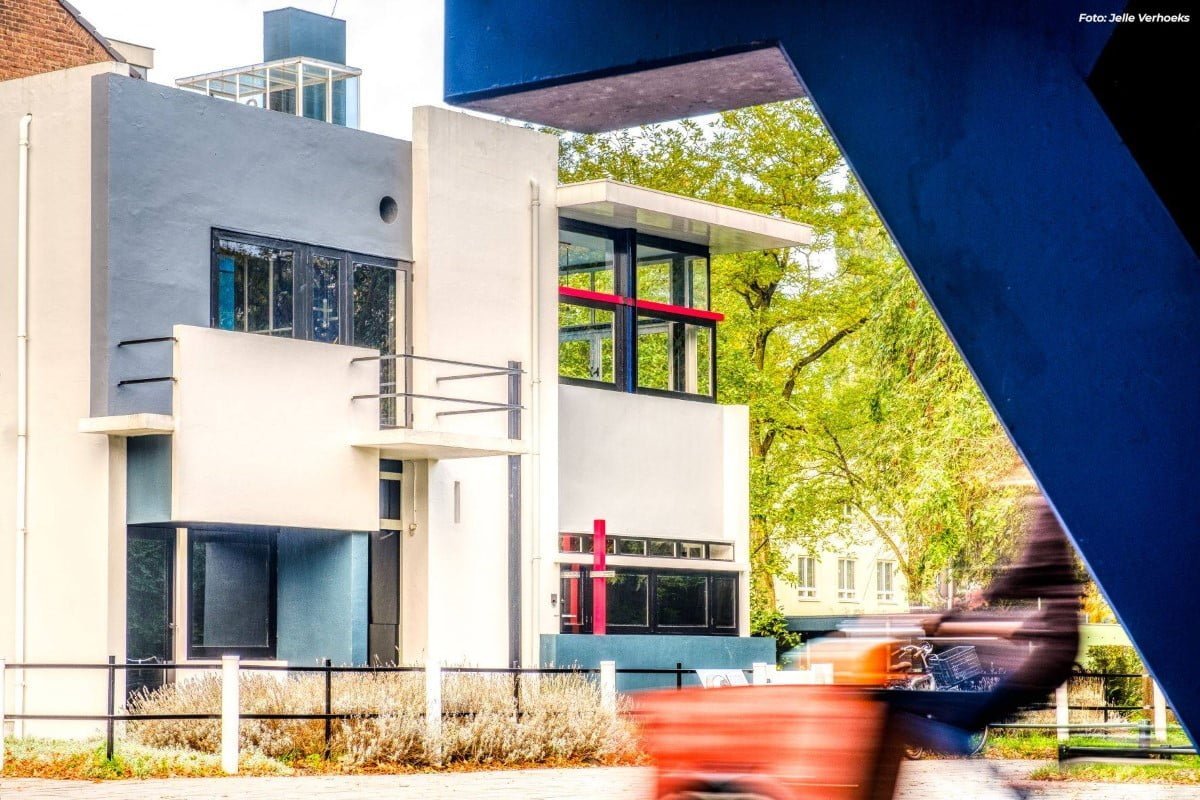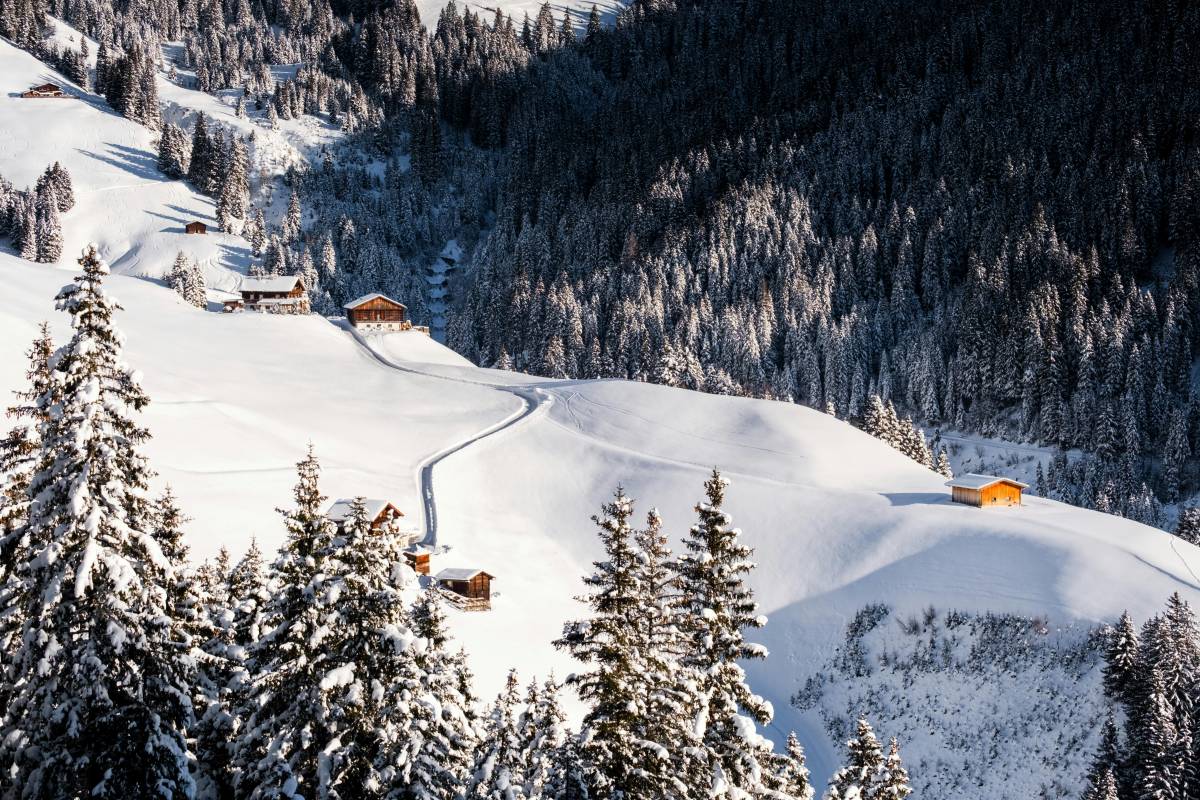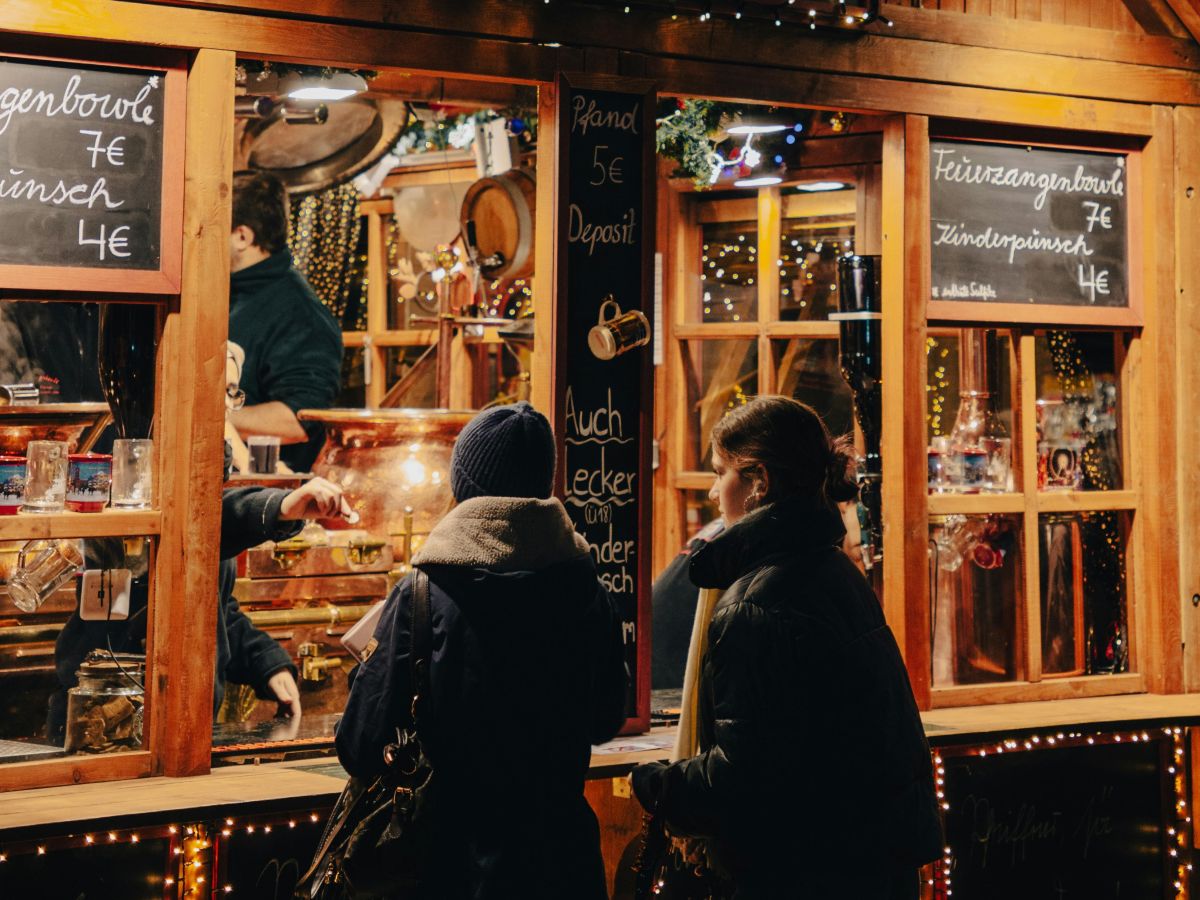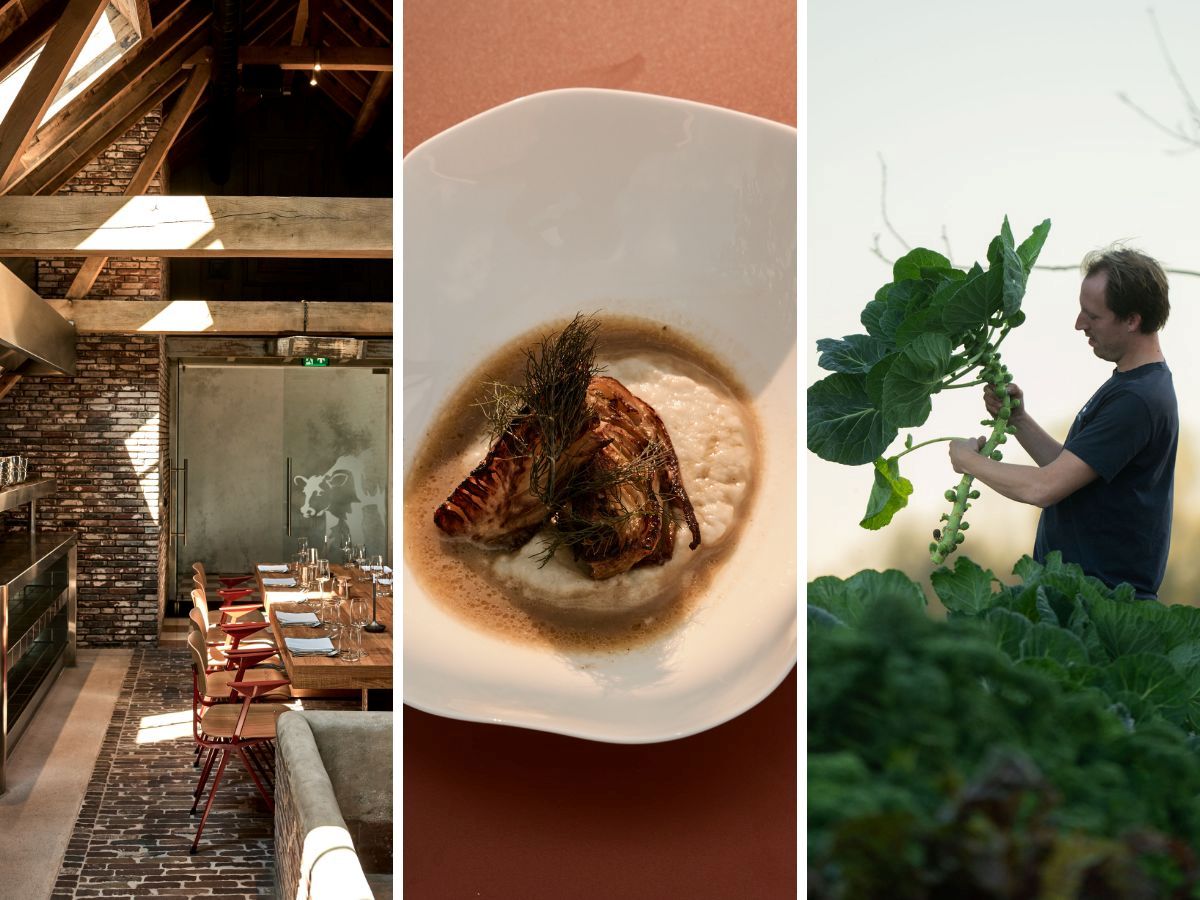Dubrovnik, Riga and the Great Barrier Reef: what do these locations have in common? They are all Unesco World Heritage Sites! And did you know that we have no less than 11 heritage sites in the Netherlands? Even 12 in the Kingdom of the Netherlands, because you can find one in Curaçao. There is no need at all to travel halfway around the world to visit beautiful places. In this article, Lauri takes you on a journey along the eleven Dutch World Heritage Sites. What exactly are World Heritage Sites? How are they actually chosen? And what is the link with Unesco? We would love to tell you all about these beautiful places close to home!
How did it all start with the World Heritage Sites?
In collaboration with the Netherlands Board of Tourism & Conventions and Unesco
After the First and Second World Wars, much of Europe and the rest of the world lay in ruins. To prevent new wars and to keep the peace, Unesco was founded in 1945, as an organisation of the United Nations. That stands for United Nations Educations, Scientific and Cultural Organisation. The aim of this organisation is peace and security for all people in the world by creating greater understanding between different cultures and peoples. Cultural or natural heritage plays an important, communal role in this.
To protect unique, irreplaceable buildings and areas, UNESCO's World Heritage Convention came into force in 1972. This convention focuses on the protection and management of archaeological sites, cultural landscapes, built monuments, historic city centres and natural areas from all over the world. As part of this, the World Heritage List was drawn up, to which the first 12 sites were added in 1978. Meanwhile, many years have passed and the list has grown longer and longer. Including Dutch World Heritage sites!


Photo credits: Kinderdijk World Heritage Foundation.
How does something become a World Heritage Site?
We all know plenty of beautiful places, but what makes something of heritage make the step to World Heritage? This is a long procedure, as it can take up to 15 years. First of all, it is essential that a country has signed the Unesco World Heritage Convention. The Netherlands did this in 1992. From then on, a country may nominate a heritage (an area or a building) for the title of World Heritage. This is done in consultation, because first a special committee in the country carefully examines which heritage can qualify for this prestigious title. Here, it is important that the heritage is unique and irreplaceable in the world and that it is properly managed and protected. A list of potential World Heritage sites is then drawn up; for the Netherlands, you can find the here find.
And then you're not done yet, work begins on a special nomination dossier. After all, what makes this heritage so unique? Why does it deserve the title World Heritage Site? Once the dossier is complete, it is taken by the country's responsible minister to Unesco headquarters in Paris. Here, experts then get to work: they review the dossier and visit the heritage site themselves to check that it meets all the requirements. This process can take years and lead to three outcomes: a rejection (alas, not a World Heritage Site), a request for adjustment (things are missing from the dossier, for example) or, and this is of course the best outcome, registration as a World Heritage Site!
On UNESCO's World Heritage List, you can find three different types of heritage: cultural, natural or mixed heritage. This means that the site represents both cultural and natural heritage. Some World Heritage Sites are cross-border. They are located in different countries, like for example one of the Dutch World Heritage Sites: the Koloniën van Weldadigheid, which is also partly located in Belgium. Finally, World Heritage sites under threat of losing their World Heritage status receive extra attention during the annual international World Heritage Meetings. They may be threatened because the heritage's unique, irreplaceable features may be lost, for example due to climate change or violence. Think of Sumatra's tropical rainforest or the ruins of Palmyra in Syria.
A brief introduction to the Dutch World Heritage Sites
Now that you know a bit more about the origins of Unesco World Heritage Sites, what the selection criteria are and where these heritages are located, it's time to return home again. Because by now you must be curious about the Dutch World Heritage Sites! All these unique places tell a special story about our nature or history (culture).


Droogmakerij de Beemster and the Woudagemaal photographed by Sjoerd Bracke & Cuno de Bruin.
The Wadden Sea, our only natural World Heritage Site
The only natural Dutch World Heritage Site is, of course, the Wadden Sea! Surely, this remains one of the most beautiful and unique places in the Netherlands. If you have never visited the Wadden Sea, I recommend a quick visit to one of our beautiful Wadden Islands. We dedicated a separate article to this unique area.
The Dutch struggle against water
The very first Dutch cultural World Heritage Site was Schokland. Since 1995, this reclaimed area has proudly been part of this beautiful list. On Schokland, you can still find unique traces of human habitation, dating back as far as prehistoric times. These traces symbolise the centuries-old struggle of the Dutch people against water. The Dutch Water Lines and the Kinderdijk-Elshout Mill Complex, where you find the famous Kinderdijk windmills, fit in nicely with this. And, still on the subject of water, the Ir. D.F. Woudagemaal in Friesland and the Droogmakerij de Beemster, in North Holland, also fit in well. Each of these unique places tells us more about the eternal battle against rising water. Which, of course, is still very much alive today.
Next, there are also very different Dutch World Heritage Sites. How about the Rietveld Schröder House in Utrecht and the Van Nelle Factory in Rotterdam? Both great places to visit and marvel at the unique architecture. Of course, Amsterdam's Grachtengordel should not be missing from this list, but you've probably been there before. Right?


Two Dutch World Heritage Sites: the Wadden Sea by Sjoerd Bracke & Cuno de Bruin and the Van Nelle Factory photographed by Iris van den Broek.
Learn more about Dutch history and our World Heritage Sites
The most recent World Heritage Sites are the Colonies of Weldadigheid and the Lower Germanic Limes. Whereas the Lower Germanic Limes teach us more about the history of the Romans in the Netherlands, the Colonies of Weldadigheid are linked to a somewhat more recent time. These colonies were set up in the early nineteenth century as a social experiment to combat poverty in the United Kingdom of the Netherlands. Not the prettiest history, but important to learn more about. So be sure to visit one of the three museums (in both Drenthe and Belgium) that can tell you more about it.
Finally, of course I don't want to skip Willemstad on Curaçao. Not a place to visit in a weekend, but if you are heading in that direction for a long holiday: be sure to admire all the beautifully coloured houses in this port city. In Willemstad, you can find several historical districts with influences from the Netherlands, Portugal and Spain.
Now I'm curious: which of these Dutch World Heritage Sites are you going to visit first? Maybe you live near one? Or have you already visited all 11? The World Heritage Sites show that the Netherlands has so much to offer as a holiday country, as a city trip destination and for a day trip. A visit to a Dutch World Heritage Site is definitely worthwhile!
More sustainable tips from thegreenlist.nl
- Also see: Lower Germanic Limes and two other World Heritage Sites hardly anyone knows about yet.
- Also see: Out and about along the Dutch water lines.
- Also see: Weekend trip tip: 24 hours in Dordrecht and Kinderdijk
- Also see: the unique beauty of the Dutch mudflats.
- Also see: City trip Breda: seeing and doing in this beautiful sustainable city!
Sources: UNESCO World Heritage Sites in the Netherlands, UNESCO World Heritage Dossier, National Cultural Heritage Agency, UNESCO World Heritage map. Photo credits: Jelle Verhoeks (main image), Kinderdijk World Heritage Foundation, Sjoerd Bracke & Cuno de Bruin, Iris van den Broek.












